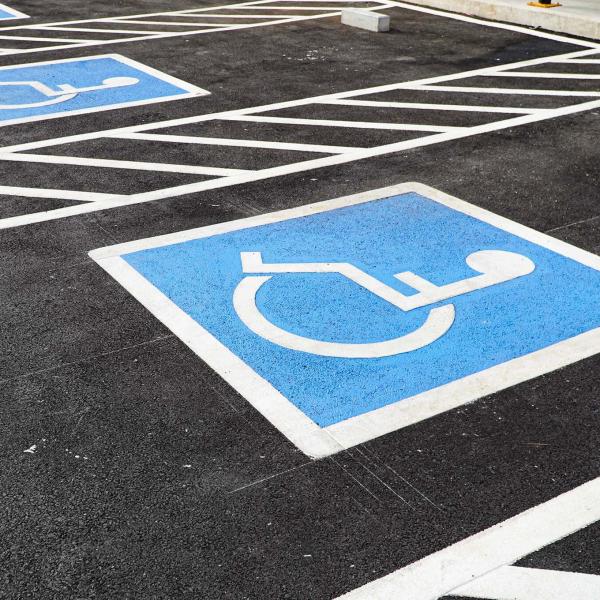Abstract
AIMS:
To examine whether the development of obesity with age was different for individuals with and without a spouse with diabetes.
METHODS:
We analysed data from the English Longitudinal Study of Ageing [n= 7123, median (interquartile range) age 59 (53-67) years, 51% men], which included four clinical examination waves between 1998 and 2012. The main exposure was having a spouse with diabetes. Outcomes of interest were BMI and waist circumference. We fitted quadratic age-related trajectories using mixed-effect models stratified by sex and adjusted for education, smoking and the corresponding interaction terms between age and spousal diabetes status.
RESULTS:
The baseline spousal diabetes prevalence was 4.4%. Men with a wife with diabetes experienced a steeper increase in BMI (1.6 kg/m2 ) between ages 50 to 65 years than men with a wife without diabetes (0.9 kg/m2 ). Women with a husband with diabetes had a similarly shaped BMI trajectory to women with a husband without diabetes, but their average BMI levels were higher between ages 55 and 65 years. Waist circumference trajectories showed a similar shape by spousal diabetes status for men and women, although individuals with a spouse with diabetes had higher waist circumference values throughout follow-up.
CONCLUSIONS:
We found a positive association between spousal diabetes status and obesity development, which differed by sex among middle-aged individuals. Evidence from couple-based interventions is needed to test whether the latter could improve the current individual-focused public health strategies for obesity prevention. This article is protected by copyright. All rights reserved.
This article is protected by copyright. All rights reserved.








